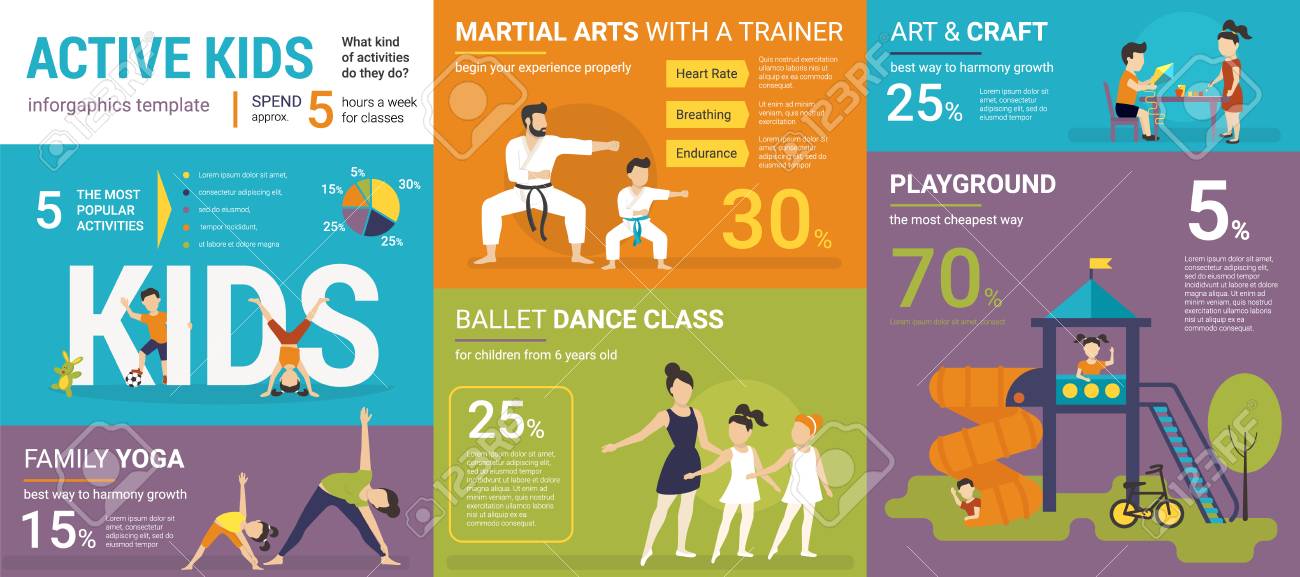The Worldwide Journey And Growth Of Martial Arts Throughout Background
The Worldwide Journey And Growth Of Martial Arts Throughout Background
Blog Article
family martial arts -Chu Odonnell
Martial arts have a fascinating background that covers centuries and continents. You may find it fascinating just how old techniques like Shuai Jiao and Kalaripayattu prepared for modern battle methods. These self-controls not just highlight physical abilities yet also mirror the cultures that birthed them. As you explore their advancement, consider just how globalization has transformed these conventional types right into hybrid styles. What impacts do you assume have formed today's martial arts landscape?
Ancient Martial arts: The Foundations of Fight
As you explore the globe of old martial arts, you'll find the rich foundations that shaped combat methods across societies. Very early practices focused on Self-Defense and survival, typically integrating strikes, grappling, and weaponry.
In ancient China, for instance, strategies like Shuai Jiao highlighted tosses and joint locks, while India's Kalaripayattu showcased agility and liquid movement. Japanese samurai created Kenjutsu, a polished swordsmanship that highlighted technique and technique.
These martial arts served not just for battle but likewise as a means of individual advancement, instilling worths like respect and determination. The mixing of these techniques in time prepared for the diverse martial arts you see today, each mirroring the distinct philosophies and needs of its society.
The Social Influence on Martial Arts Development
While martial arts often mirror the useful requirements of a culture, they also symbolize the cultural worths and ideas of their beginnings. When you discover different martial arts, you'll see how they're affected by religious beliefs, ideology, and social standards.
For instance, the focus on respect and discipline in Japanese martial arts comes from Zen Buddhism and samurai society. On the other hand, Brazilian Jiu-Jitsu promotes flexibility and method, shaped by the demand for efficiency in a varied, multicultural setting.
You might discover that the routines, attires, and training techniques show an area's history and identity. By recognizing african martial arts , you deepen your recognition of martial arts and their role in shaping human experiences across the globe.
Modern Adaptations and the Globalization of Martial arts
Martial arts have changed substantially in recent years, adapting to contemporary society and international influences. You'll notice that conventional types have combined with modern techniques, creating hybrid styles like mixed martial arts. These adaptations accommodate varied audiences, making martial arts obtainable and appealing globally.
With the increase of social media and electronic platforms, you can find tutorials and competitors from all corners of the world, damaging geographical barriers. This globalization has brought about a common gratitude for various techniques, from Brazilian Jiu-Jitsu to Taekwondo.
As you engage with these arts, you'll understand they're not practically combat; they promote health and fitness, technique, and psychological health.
Eventually, modern adjustments have actually enriched the martial arts landscape, making it a vibrant and evolving technique.
Conclusion
In discovering the history and development of martial arts, you uncover a remarkable mix of methods, societies, and ideologies. From ancient techniques like Shuai Jiao and Kalaripayattu to the contemporary flexibility seen in mixed martial arts, martial arts reflect humanity's pursuit for Self-Defense and individual development. As you engage with these practices, you not just get abilities but likewise a much deeper appreciation for the varied practices that form our globe today. So, proceed aikido classes for adults near me and embrace the art of battle!
